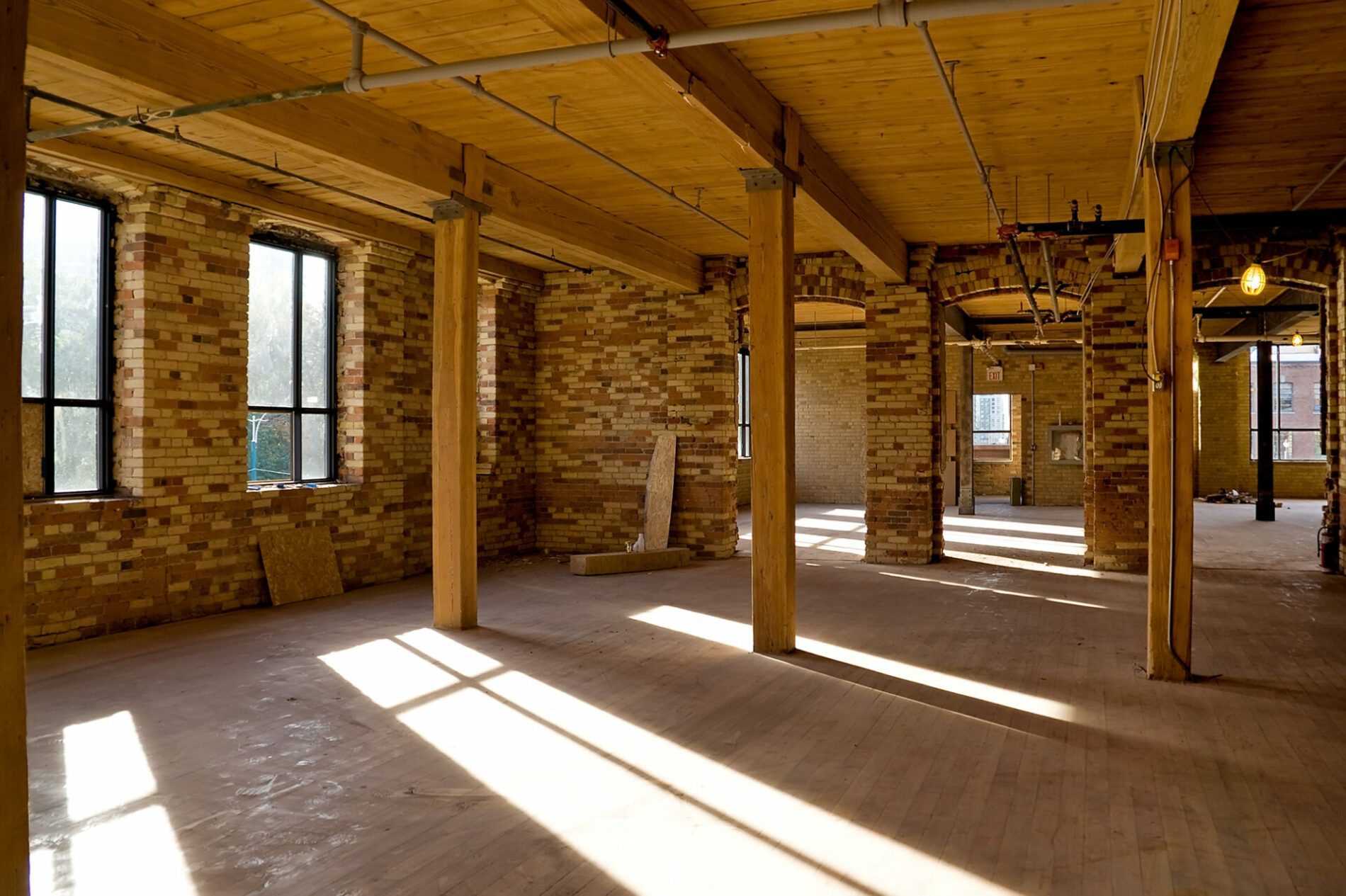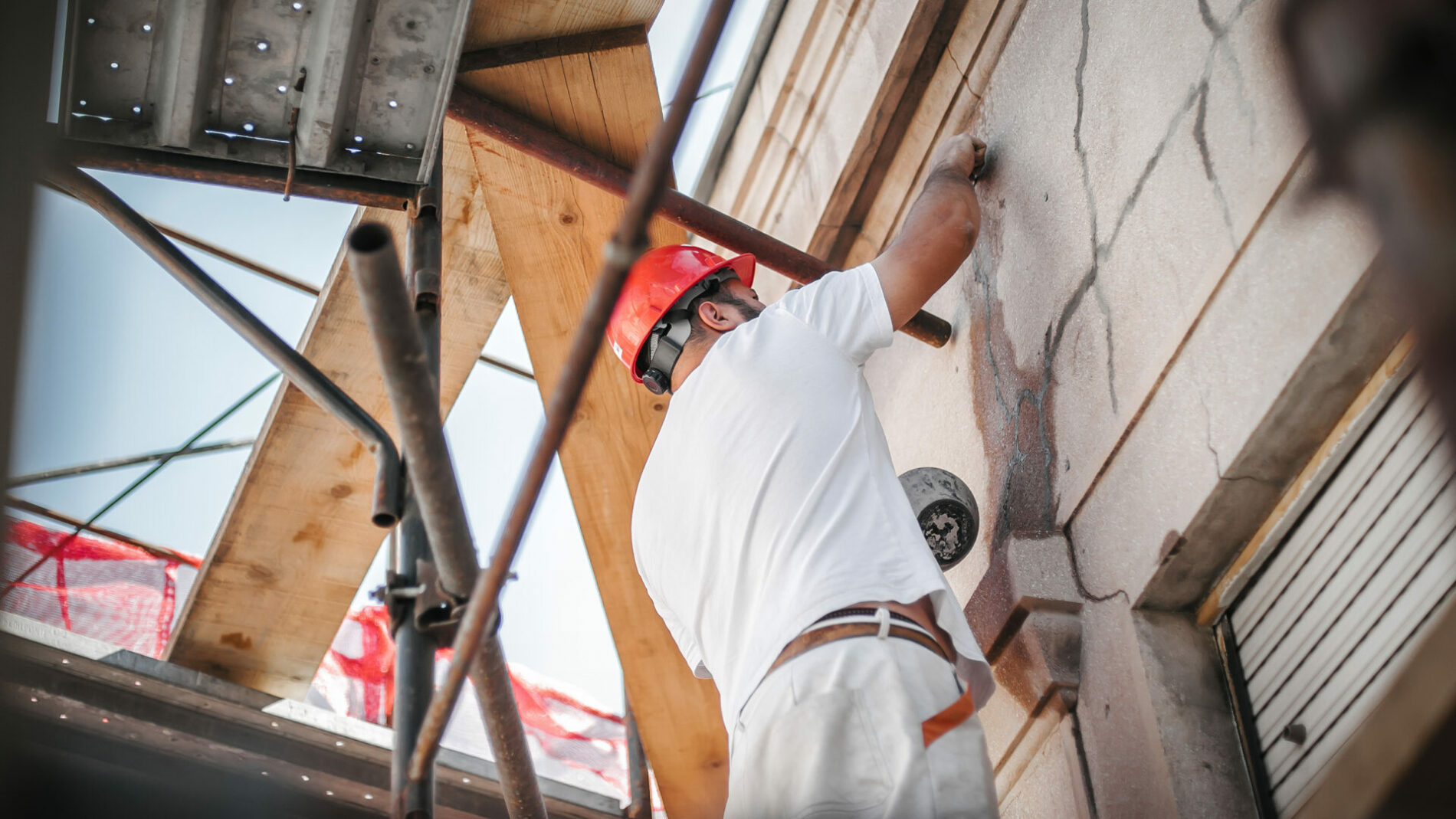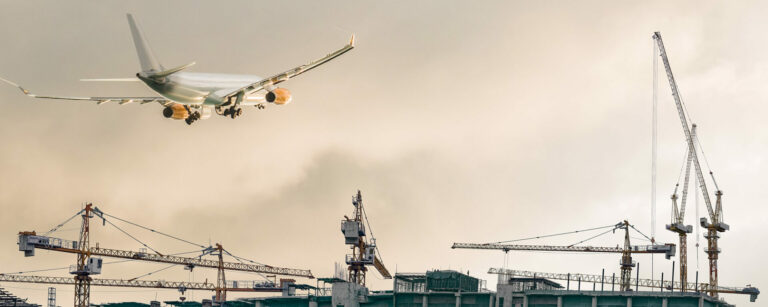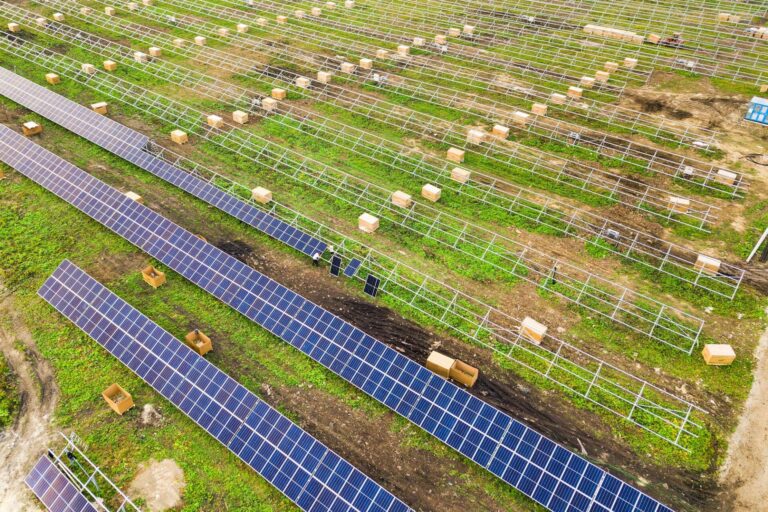The race for net-zero is one that brings up many questions for stakeholders. In the near future, every sector will be grappling with considerations and challenges on how it can lower, or eliminate, its carbon emissions. That is, of course, if it isn’t already. The built environment is one section of society that is well accustomed to these kinds of concerns. From fuel and energy to materials and transportation, construction and the built environment have been working on innovative and sustainable techniques for a number of years. However, it is a two-sided coin. As new buildings are being designed with more sustainable materials and considerably lower energy needs, the lens is now being trained on the building processes themselves. While these new structures may offer state-of-the-art sustainability credentials, the very fact that they are being built at all means that solutions need to be found. We are being left with a choice, new builds which take enormous amounts of energy to produce, or historical structures which are woefully equipped to handle modern requirements.

The situation is made even more complex due to the flexibility of the modern economy. With its many facets and elements, it is now very much a global mechanism. Digital nomads, home offices and international agreements mean that anything we need, or want, can be delivered to our door at the touch of a button. The same can also be said for the places where these items are manufactured and produced. A global economy and its technological advances mean that industries are now capable of offshoring, international reach, and unique production methods. While this can be seen as a net positive, it has produced huge numbers of empty building spaces, manufacturing plants and warehouses. As we encounter the challenge of sustainable buildings, this adds another level of concern for the industry. Additionally, a recent study has shown that the effects of these disused buildings on a local economy can cause further damage than ecological. “Overall, abandoned buildings are generally regarded as failed, stalled projects, degenerative processes, or the decay of the built environment, and are considered “pathological”, which has sparked discussions and reflections on how to treat and utilize these resources. In 2000, abandoned buildings became a major focus of the global academic community and a key issue to be addressed in the development of shrinking cities.”
“A global economy and its technological advances mean that industries are now capable of offshoring, international reach, and unique production methods.”
There is, however, cause for optimism. In some ways, it has arisen as a by-product of the cultural reset that took place in tandem with the COVID pandemic. With necessity being the mother of invention, like many things, the collective struggle in recent years has led to bright, innovative thinking. For some, these structures do not have to remain as sculptures of bygone eras. Remodeled, reused and adaptive thinking is leading to interesting things in the field with many of these structures now being adapted as low-carbon alternatives to new builds. Pritzker Prize winning architectural firm, Lacaton & Vassal, utilizes these spaces to create visionary and innovative solutions. The architects have a rich history of reimagining disused spaces and consider the process of demolition to be an “act of violence.” Anne Lacaton described the studio’s creative process in an interview as “starting from the richness [of existing buildings],” emphasizing that “we are never in the situation of making a tabula rasa.” Lacaton & Vassal use these views to prioritize renovation over demolition and have a long list of social housing projects in France. The judging team at the Pritzker Prize, the duo have revolutionized the way buildings can be viewed. “Not only have they defined an architectural approach that renews the legacy of modernism, but they have also proposed an adjusted definition of the very profession of architecture.”

This move towards adaptive reuse of buildings is not confined to European markets though. The concept has received considerable support in North America. According to a recent U.S. Environmental Protection Agency report, building-related construction and demolition debris account for 26% of all non-industrial waste generated in the United States. In addition to that, the report found that 90% of this debris is produced through the demolition of existing buildings.
Furthermore, Gensler, one of the largest architecture and design companies in the world, has identified Adaptive Reuse as a key driver of positive change in reaching net zero goals. “By renovating existing buildings and repurposing spaces and materials, developers can decrease the amount of carbon associated with new materials, and they can reduce the amount of debris and waste going into landfills. According to the U.S. Environmental Protection Agency, deconstruction rather than demolition of a building can save 90% of a building’s materials.” In addition to the environmental benefit of adopting this approach, the firm also cites another rather persuasive reason why project managers may start to target existing buildings. “Adaptive reuse strategies are also more cost-effective. Not only is adaptive reuse much cheaper than demolition and new construction, but property owners can also enjoy municipal incentives for converting their properties, some of which may have historic value. Additionally, reuse might speed local approval processes and minimize impacts on neighbors.”
While it may seem as though the benefits to adaptive reuse are too niche to be considered a viable alternative to new builds, it is worth noting that research conducted recently by Deloitte concluded that within the next ten years, ninety percent of real estate development will involve adaptive reuse of existing buildings instead of constructing new structures. The firm’s research shows that the method can produce benefits across a multitude of strands. “In an adaptive reuse, you take an existing building and repurpose it for a different use, while maintaining the original structure, but doing the necessary retrofits. There are multiple benefits that can accrue to the entire real estate ecosystem, be it to the Commercial Real Estate owners, developers, investors, or society as a whole. In terms of economic benefits, studies suggest that compared with a new construction, adaptive reuse and restoration can be 16 percent cheaper in terms of construction costs and take 18 percent less execution time. Also, if repurposing is done with smart and sustainable features in mind, it can help improve building performance and valuation. Socially, reuse of vacant structures could also give a new lease on life to the neighborhood while supporting the local economy and enable people to stay close to their workplaces—all the while helping preserve the social and cultural heritage of a region.”
Urban sprawl, historical considerations, cost, carbon emissions; it seems as though the choice to consider adaptive reuse is one that will only gain more traction as the industry continues its fight towards achieving net-zero.


















